There are many things that determine the efficiency of cars. As an example, lighter cars are more efficient, because they require less energy to reach desired speeds. Well-designed cars don’t have unproductive, excess weight. Lighter and smaller cars are also more responsive and accelerate better. When we read brochures, we often get an indication about the overall fuel efficiency of specific car model. This could give us a rough idea whether the car is sufficiently efficient for our purpose. We should also know at what speed range the car is more efficient. Highly efficient cars allow us to save hundreds of dollars each year in fuel costs. We should know that when fuel burns, not all the energy is used to move the tire. Idling losses can be quite significant and may reach about 17 percent of fuel loss. Our cars often idle in the traffic lights and crowded traffic. If we live in urban areas that force us to idle our car frequently, then we should choose a model with ISG or integrated starter and generator. ISG smoothly turns off the engine when the car idles for a period of time. When the driver presses the accelerator, the engine is restarted automatically.
The biggest loss of energy happens inside the engine itself. The internal combustion engine is inefficient and even in new cars, we may lose about 60 percent of energy. The process of converting chemical energy into mechanical energy isn’t efficient. When the fuel-air mixture explodes inside the cylinders, a significant amount of heat is generated and this represents energy loss. Not all energy can be translated into kinetic energy that pushes the piston upwards. In internal combustion engine, we may lose energy due to friction, removal of excess heat, forcing air into the cylinder and diverting waste exhaust gas. There are different methods that can help to improve efficiency, such as by using cylinder deactivation, direct fuel injection, well-configured turbocharging and variable valve timing. If we want to reduce fuel costs, we may choose diesel cars, because they can be up to 35 percent more efficient. Windshield wipers, power steering, air conditioning system and other accessories could further reduce fuel efficiency of our car. In order to counteract this, we may choose cars with efficient power steering pumps and alternator systems.
Driveline may also cause us to lose some amount of energy, because transmissions and other driveline components are consisted of moving parts. Higher efficiency can be achieved with cars with CVT (continuously variable transmission) and AMT (automatic manual transmission). The next to consider is whether the car has good aerodynamic designs. Boxy shape and wind traps could result in higher aerodynamic drag. Sleek and curvy design may ensure smoother air flow. Car manufacturers should exhaustively test car designs in wind tunnel to achieve the highest efficiency. Lastly, tire can cause energy loss due to friction and wheel problems. Tires with low air pressure need more kinetic energy to reach desired speed.
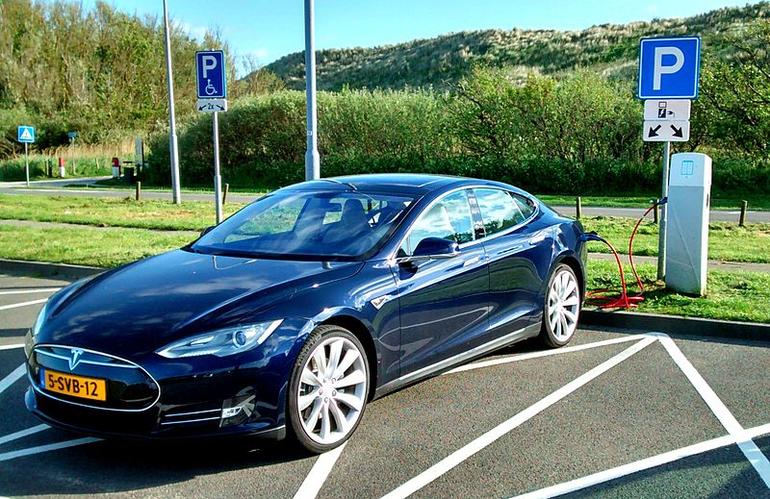
























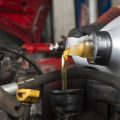
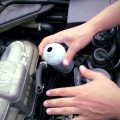

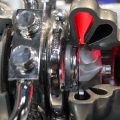
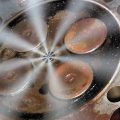


No Comments
Leave a comment Cancel